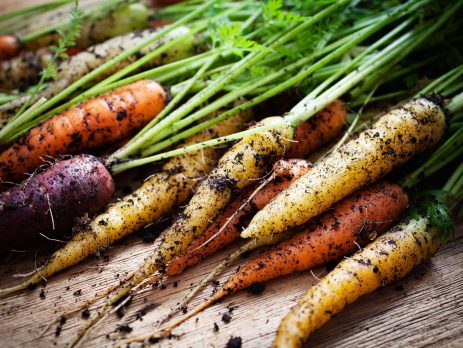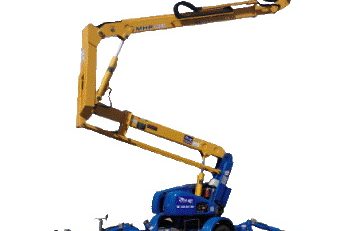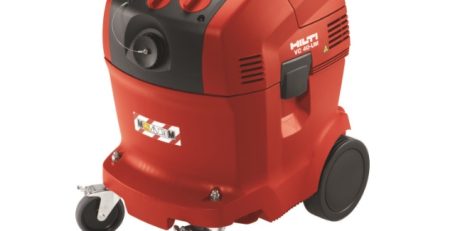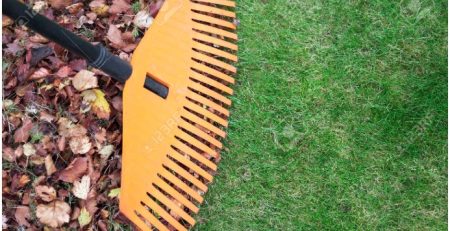Designing An Edible Garden For Your Australian Home
Growing your own produce has never been easier and many Australian homeowners are starting to realise that they have the resources, time and passion to create their own edible gardens.
Not only does growing your own food give you a sense of accomplishment, but it’s also a stress relieving outdoor hobby that provides you with a supply of organic goodies. If you’ve never had an edible garden before and want to create one, then here’s what you should know:
DESIGN EVERYTHING
Plan your garden layout with permaculture in mind, so you’re planting the right things in the right place and working with nature, not against it. This minimises water wastage, protects soil and helps maximise the output of sunny, shady, wet and dry spots. If you’re using greywater or rainwater for watering, the garden must be close to it.
Have frequently used herbs planted closer to your home, with low maintenance, slow growing plants placed further away. Potted plants can be kept outdoors, easy to access with simple shelving structures housing them.
RAISE YOUR BED
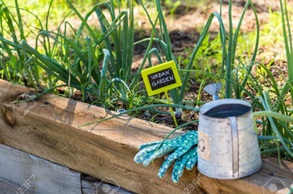
Once you’ve selected a space, build a raised garden bed to make planting and harvesting easier. It also helps you grow more in less space, stay organised, use less fertiliser and compost and create healthier root systems. Start your first one next to a wall. You’ll need wooden sleepers and support posts, as well as the usual array of equipment and tools needed for an outdoor DIY project.\
- After choosing your final location, measure for first and middle posts
- Mark the lines for your support posts and garden bed height
- Measure and cut support posts, then mark and drill holes to secure and attach it to a wall
- Measure sleeper length before attaching to support posts
- Dig the soil out for bottom sleeper and trenches for side and front sleepers
- Cut and attach the end pieces of the garden bed
- Dig holes for front support posts, attaching front supports to side sleepers
- Measure, cut and secure front sleepers, ensuring the end result is square and level
- Concrete all supports in, then waterproof the inner bed with corflute or black plastic
- Add an initial garden compost layer and cover with A suitable topsoil.
You’re now ready to begin planting!
PLANT PERENNIALLY
For the beginner planter, perennial plants such as winged bean and sweet leaf are perfect as they only need to be planted once, produce 24/7, require little maintenance and are drought and pest resistant. Having a garden that creates usable produce quickly and regularly will boost your confidence, and once you’ve mastered these you can branch out into growing unique crops.


